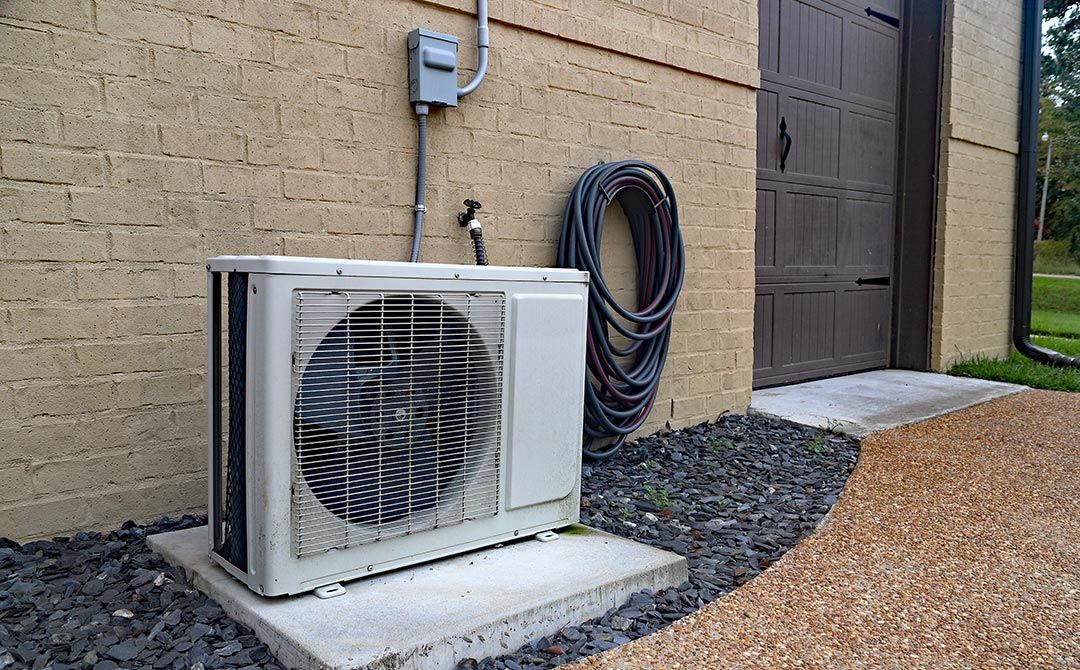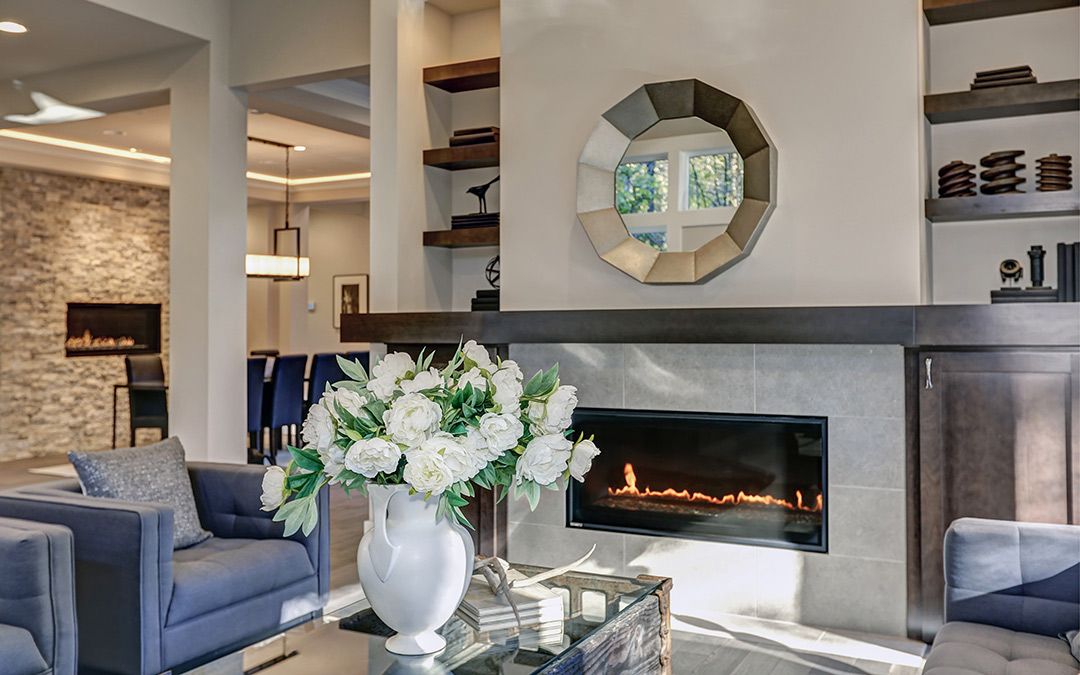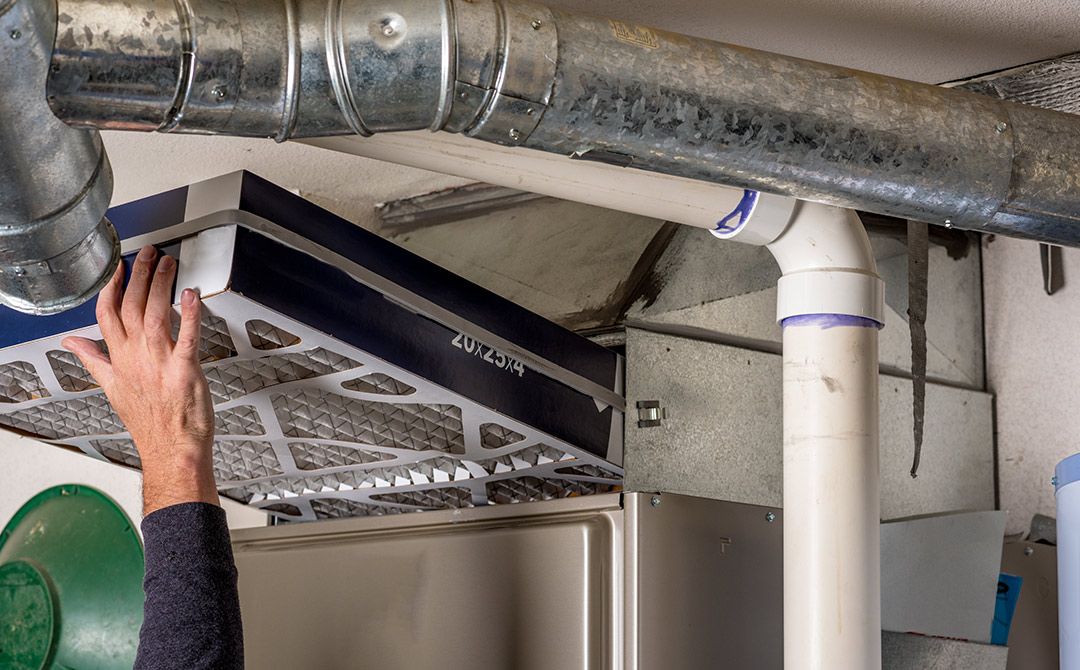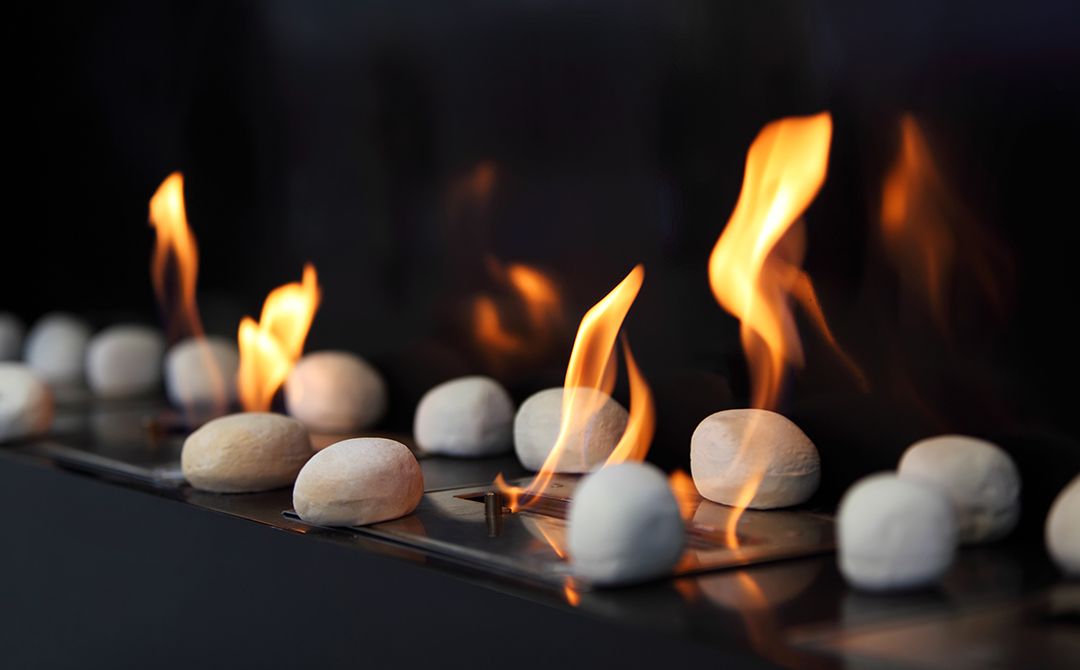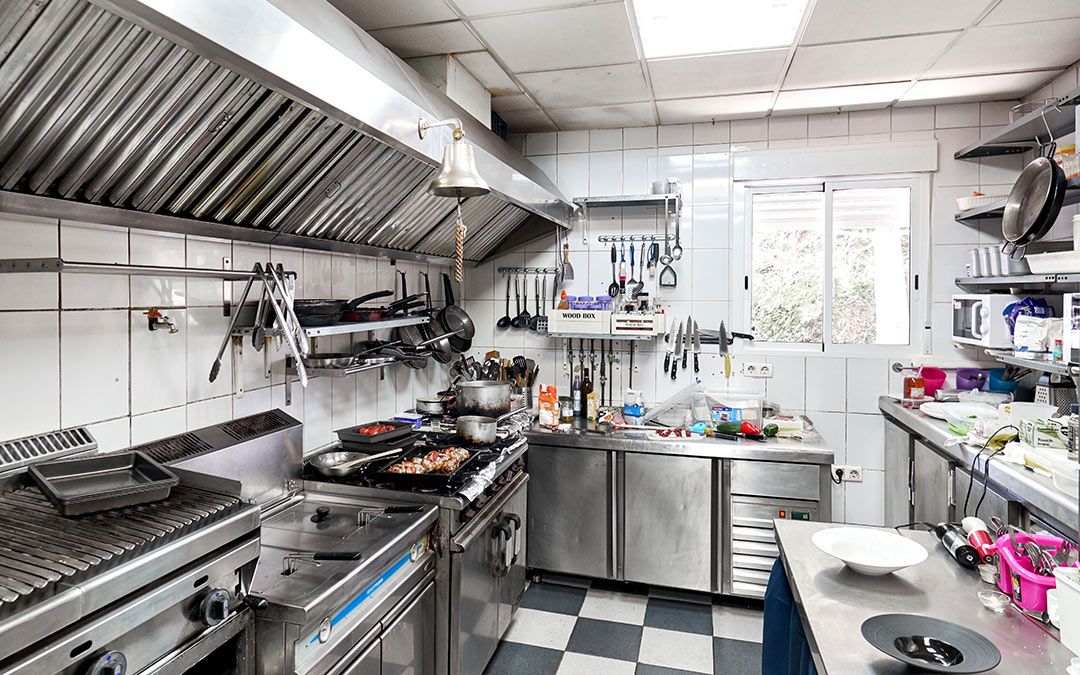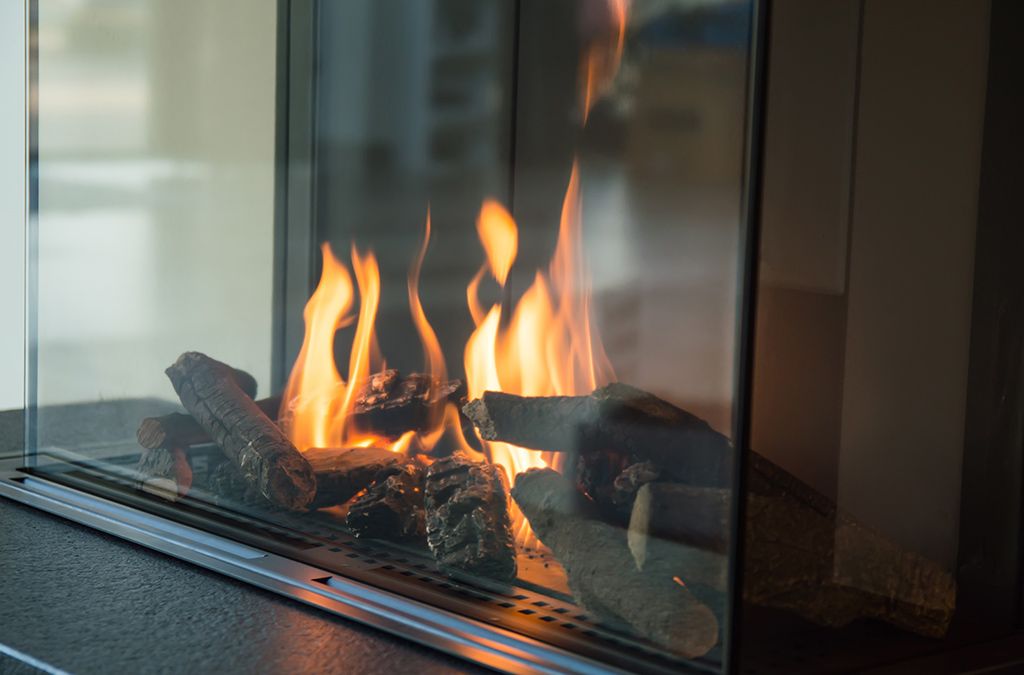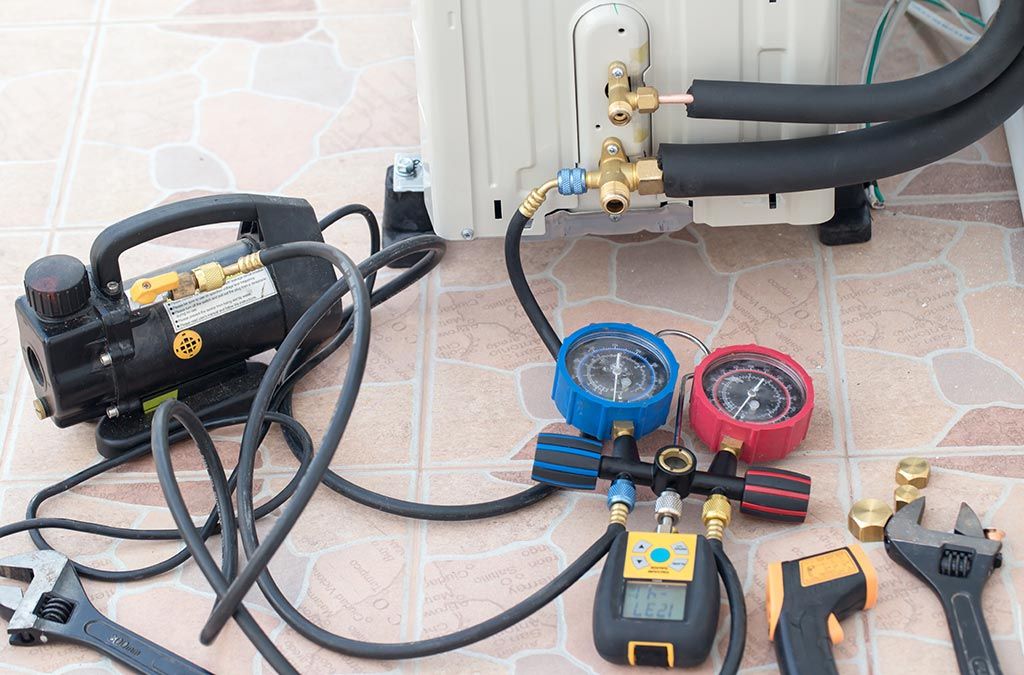3 Major Benefits of Installing a Mini Split System
It’s already nearing winter, meaning it’s that time of year when it’s worth taking a look at your HVAC and plan ahead for the future. You don’t want to spend next summer discovering your air conditioner is a little worse for wear, nor do we want you to get cold feet (literally!) this winter.
Nowadays a lot of air conditioners double as heaters too. It’s always wise to really look at your comfort against the elements, regardless of the season. The next question is, which option for HVAC can offer the best result for a low price? Enter mini splits, which is the main subject of our article today.
What is a Mini Split?
A mini split is a system that uses both air conditioning and heating, as opposed to simply one or the other. Mini splits are also referred to as ductless systems because they don’t require a vent or duct in order to begin functioning once installed.
There are two major components that a mini split consists of. Typically a compressor or a condenser is situated outside the house, while there is an air-handling unit situated indoors. These are linked via a conduit, consisting of suction tubing and refrigerant, a condensate drain, and a power cable. If there is more than one air-handling unit, then each contains its own associated thermostat to help regulate the temperature in each room where the unit is placed.
Mini splits are worth considering installing in your home if you already rely on ductless heating. There are quite a few reasons as to why you should consider installing one.
1: Pricing
The thing about central air conditioning is when you pay for one, you’re not only paying for the main unit—you’re paying for the extra parts that come alongside it as well. This includes the central unit, an extensive duct system, vents, and an outdoor condenser. To install central A/C is also a more expensive endeavour.
In comparison, a mini split only requires an indoor air handler and an exterior condenser in order to work. This cuts down greatly on the cost since you don’t need to pay for so many extras. Installation also cuts down on costs because it doesn’t require extensive duct placement, like you would have to with a central system.
2: Versatility
Mini splits not only offer air conditioning but also heating. Most mini splits are also placed high on a wall, but not all of them need to be. Many homeowners prefer ceiling-mounted units, which is also doable if you’ve got a mini split.
There are also custom features you can use with a mini split that will give you greater control of when and how you want to heat your home. Most systems now come with timers and built-in sleep functions, which you can adjust accordingly. In comparison, traditional heating systems don’t allow customization, which can lead to less efficient use of energy as well as unnecessary costs. Both the ability to place your mini split in areas other than traditional ones and the custom features that come along with it are what make mini splits so versatile and desirable to most homeowners.
3: Energy Efficiency
If you intend to only heat up a specific room or individual rooms as opposed to the entire house, mini splits are an excellent system to do so. You save energy by only heating up the rooms that are used the most daily, as opposed to wasting it in rooms that no one uses. In contrast, a central system sends cold or hot air throughout the entire home, into places where it’s not necessary.
Because mini splits don’t require ducts to disperse heat, they aren’t subject to the same sense of energy loss as ducts are. They also use less electricity than central air systems, meaning they both create less of a negative impact on the environment and on your energy bill. If you’re interested in limiting your energy impact, mini splits represent the best choice for anyone interested in helping the environment.
If the mini split sounds more and more like a system you need for your home, then give our technicians a call. At Rep-Air Heating And Cooling we provide our customers with many options that will best suit your needs from heating and cooling to refrigeration. Contact us today for your complimentary quote: 1-778-728-1476 or contact@repairheatingandcooling.com and don’t forget to take a look at our website: https://repairheatingandcooling.com. Follow us on Facebook and Instagram for free giveaways!

